Food Beverages Industry
Meat and Poultry
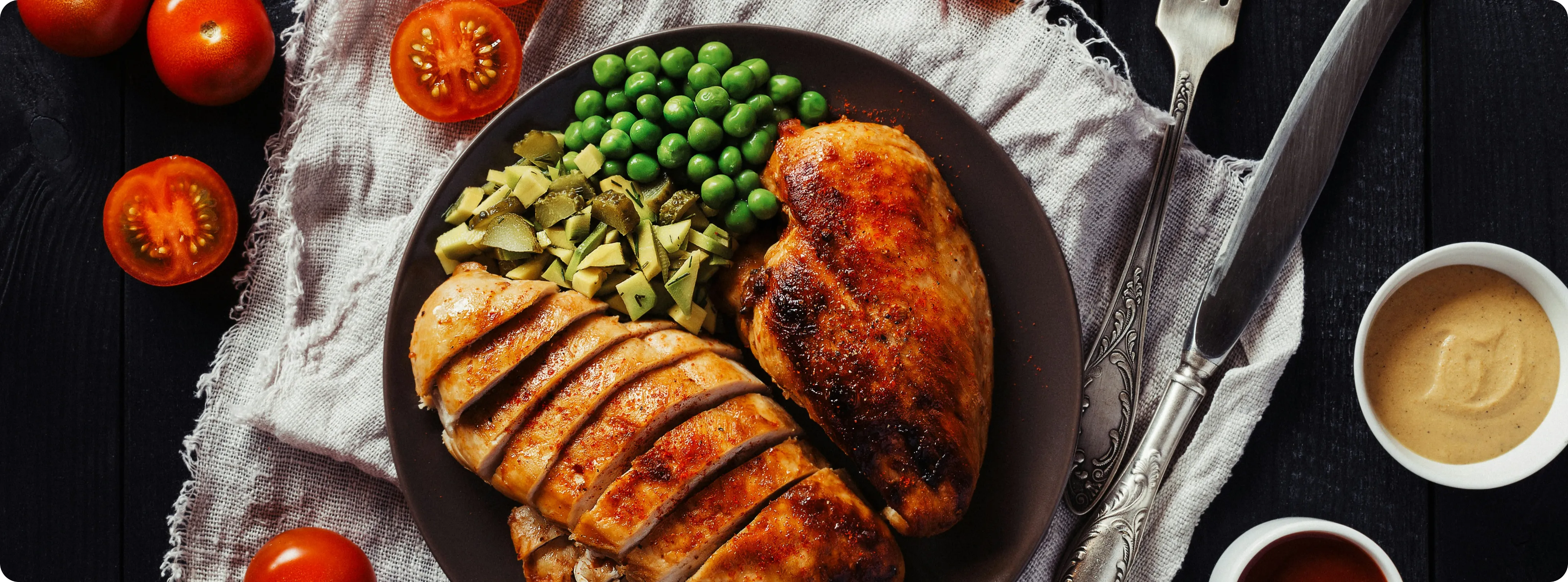
Meat and Poultry Cold Storage: Meat and hen become extremely smelly and rotten and require refrigeration or freezing to maintain freshness and prevent bacteria. Should be kept at temperatures of ° C (32–39 ° F), while frozen meat to prevent bacterial activity and maintain quality over time It is done.
Use: After slaughter, the meat is immediately cooled or converted to ensure that it is processed, packed and remains fresh until it is distributed to retailers or consumers. Cold storage raw meat, sausage, The shelf life of processed meat and poultry helps to increase life.
| Product | Temperature |
|---|---|
| Fresh Meat | 0-4°C (32-39°F) |
| Frozen Meat | -18°C (0°F) or lower |
| Poultry (Fresh) | 0-4°C (32-39°F) |
| Poultry (Frozen) | -18°C (0°F) or lower |
This table shows the key product categories and their required storage temperatures in the Meat & Poultry industry.
Dairy Products
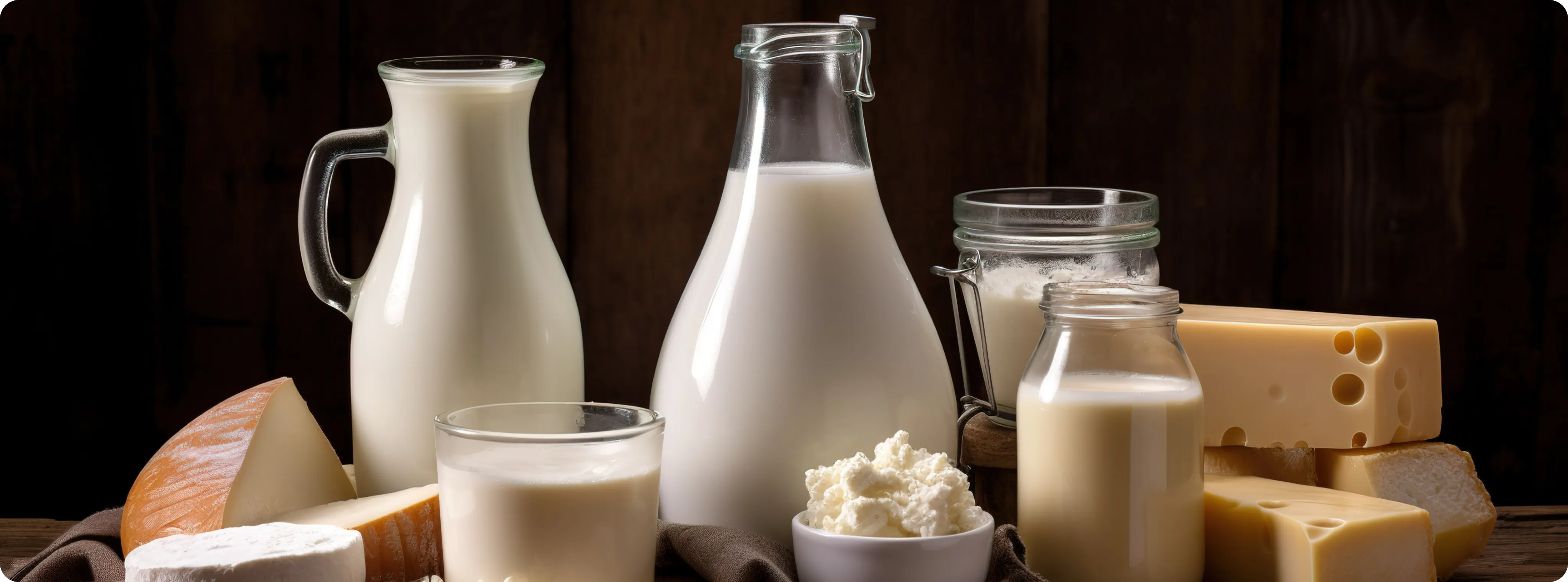
Cold room is an ideal solution to ensure that dairy items do not spoil easily. It help to maintain the creamy texture, rich taste and nutritional value that we all like. Dairy products such as milk, cheese, curd and butter, having a cold room is necessary to keep them fresh, safe and best. These products should be stored at a temperature between 2-4 ° C (35.6–39.2 ° F) to prevent bacterial growth and ensure that they are as tasty and nutritious. Especially for fresh dairy items, it is important to keep things cool, as they are more sensitive to temperature changes and can easily be affected by bacteria. Cold storage in cold rooms provides a controlled environment, giving dairy products the best chance to stay fresh and safe for a long time. Whether it is cheese, butter, or milk, proper refrigeration means low waste and better quality for consumers, so everyone can enjoy their favorite dairy dishes without any concern.
| Dairy Product | Storage Temperature |
|---|---|
| Milk | 2–4°C (35.6–39.2°F) |
| Cheese | 2–4°C (35.6–39.2°F) |
| Yogurt | 2–4°C (35.6–39.2°F) |
| Butter | 2–4°C (35.6–39.2°F) |
| Cream | 2–4°C (35.6–39.2°F) |
This table shows the key product categories and their required storage temperatures in the Dairy Products industry.
Frozen Products
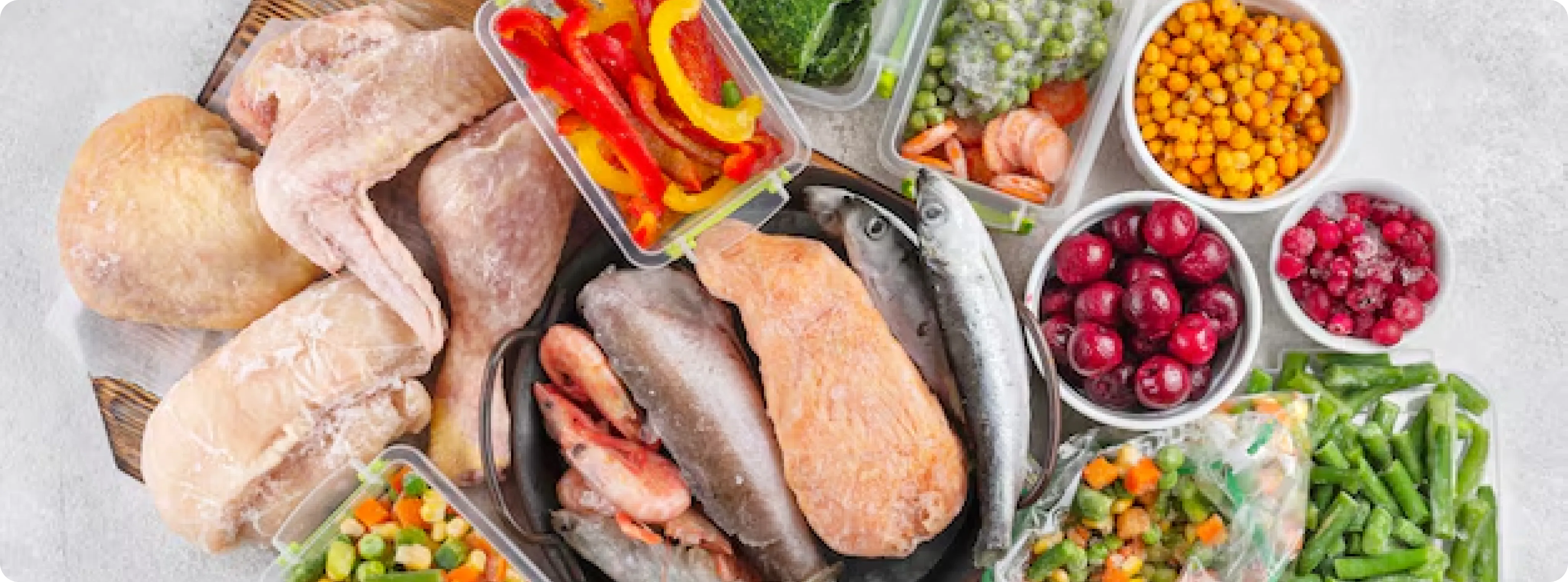
The frozen food industry depends a lot on cold storage units to make sure that frozen vegetables, meat and foods maintain their quality and nutritional value over time. Without proper cold storage, frozen foods may soon lose their texture, taste and even safety. To keep these products in the top position, a cold room requires to maintain a temperature of -18 ° C (0 ° F) or less, ensuring that the used items are safely preserved and bacteria of bacteria. Stay free from development.
Temperature control is absolutely necessary for industries handling frozen foods. Be it frozen fish, meat, or vegetables, the right cold storage solutions not only help to increase the shelf life of these products but also ensure that they are safe to eat when reaching consumers. By placing frozen foods in a cold room with the right temperature, manufacturers and distributors can maintain quality and ensure that the product is as fresh as possible during storage and in the distribution chain.
| Frozen Food Product | Storage Temperature |
|---|---|
| Frozen Vegetables | -18°C (0°F) or lower |
| Frozen Meat | -18°C (0°F) or lower |
| Frozen Seafood | -18°C (0°F) or lower |
| Frozen Ready-to-Eat Meals | -18°C (0°F) or lower |
| Frozen Fruits | -18°C (0°F) or lower |
This table shows the key product categories and their required storage temperatures in the Frozen Products industry.
Fruit Vegitables
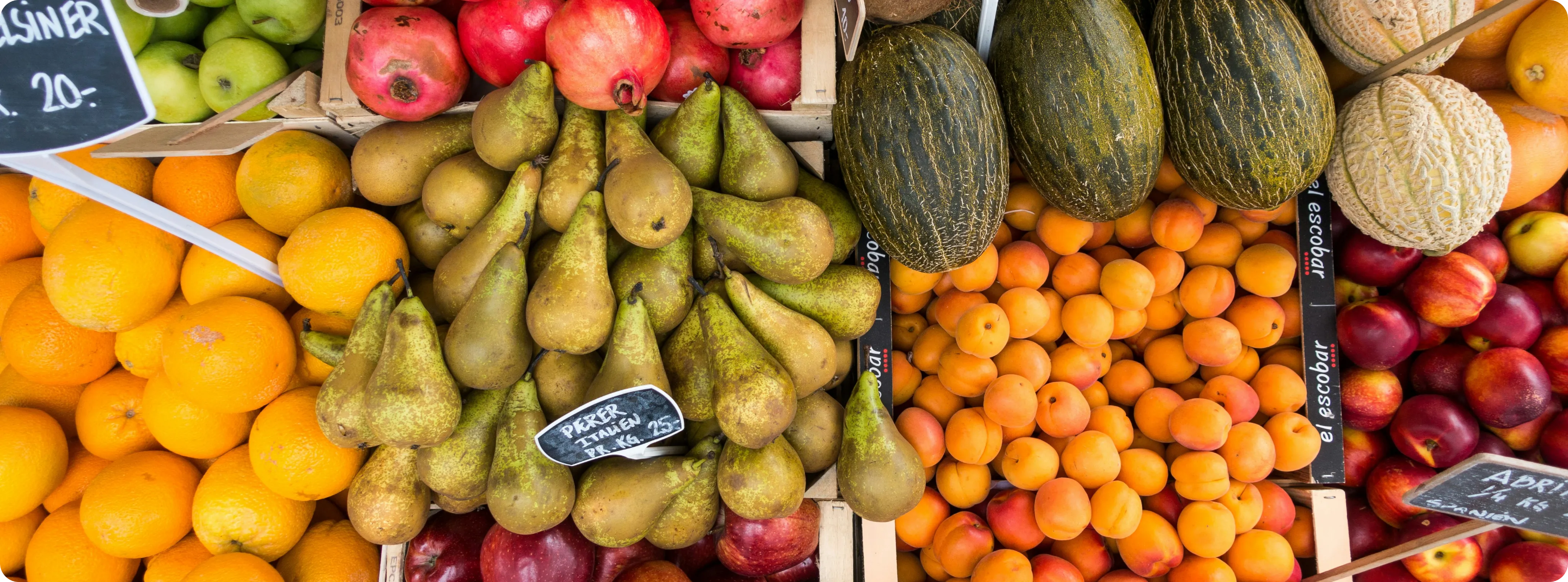
Proper temperature controls is needed to maintain freshness and quality of fruits and vegetables. These are temperature sensitive items and little temperature fluctuations can spoil it rapidly. Cold rooms help maintain the ideal temperature range of 0-4 ° C (32-39 ° F), which slows down the ripening process, reduces bacterial growth, and in preserving the nutritional value helps. It is particularly important for items such as leafy greens, berries, tomatoes and citrus fruits, which are susceptible to deteriorating without proper storage.
By maintaining persistent temperatures, cold storage helps to withering, softened and prevent bacterial infections when released in unsuitable conditions. Temperature control is required to slow down the ripening process of certain fruits such as apples, bananas etc, so that they can reach the market with their highest quality.
| Fruits & Vegetables | Storage Temperature |
|---|---|
| Leafy Greens (Lettuce, Spinach) | 0–4°C (32–39°F) |
| Berries (Strawberries, Blueberries) | 0–4°C (32–39°F) |
| Tomatoes | 0–4°C (32–39°F) |
| Citrus Fruits (Oranges, Lemons) | 0–4°C (32–39°F) |
| Apples | 0–4°C (32–39°F) |
| Bananas | 12–14°C (53.6–57.2°F) |
This table shows the key product categories and their required storage temperatures in the Fruit Vegitables industry.
Fruit Ripening
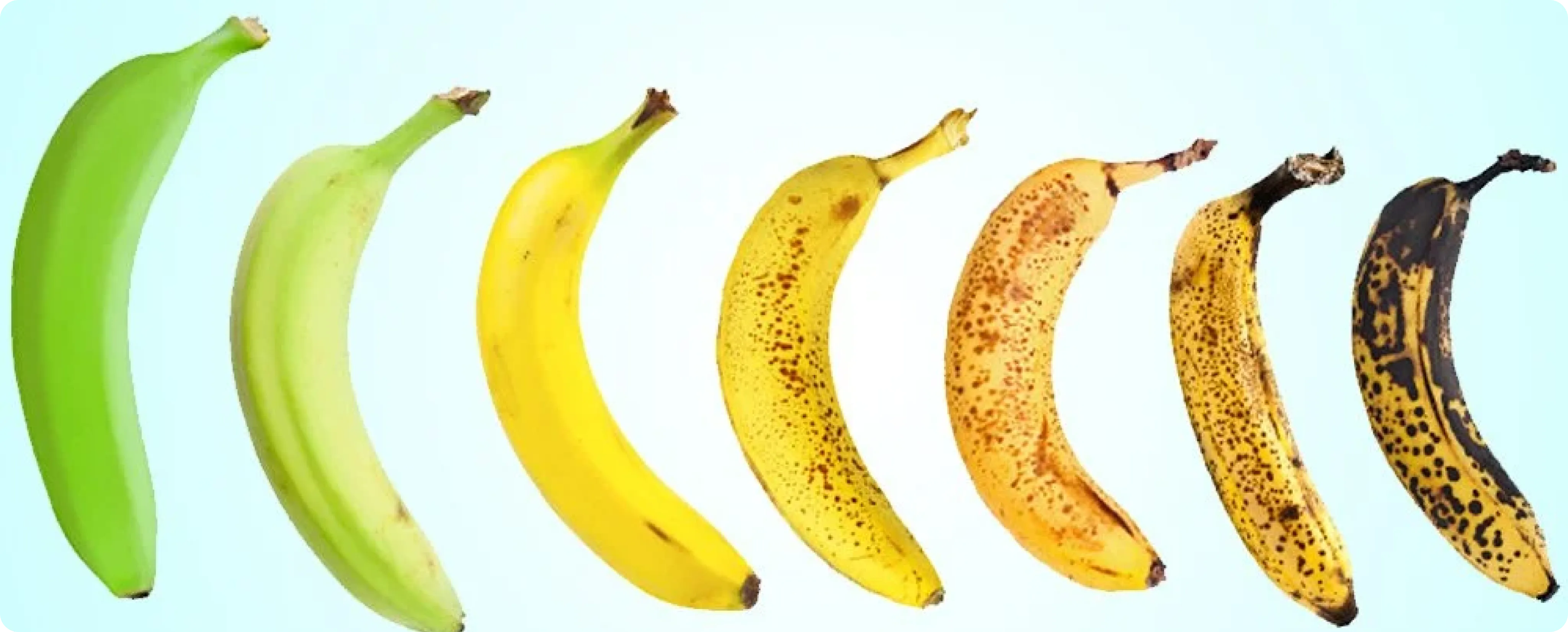
Cycle of natural fruits ripening is sensitive and fruits severe temperature control to get ripe at the flawless timing and maintain their taste, texture and quality. Bananas, mangoes and avocados, produce ethylene gas during their ripening process, that helps to speed up the ripening process. Bananas, mangoes and avocados, produce ethylene gas during their ripening cycle, that helps to speed up the ripening process. They produce ethylene gas during their ripening process, that helps to accelerate the ripening process.By maintaining a controlled temperature, usually between 10–18 ° C (50–64 ° F), cold rooms can help slow down or accelerate the process of ripening as required depending on the desired result.
For some fruits such as bananas, cold storage can be used to slow down the ripening process, allowing them to be safely transported and transported to their destination in the right stage for consumers. On the other hand, fruits such as mangoes and avocados require specific temperature conditions in the room ripening to ensure that they reach optimal maturity before selling. Cold rooms equipped with humidity control and ethylene management help create the right environment, prevent more ripening and malfunction and ensure that fruits develop the best texture and taste in fruits.
| Fruit | Optimal Ripening Temperature | Optimal Ripening Temperature |
|---|---|---|
| Bananas | 12–14°C (53.6–57.2°F) | 85–95% |
| Mangoes | 18°C (64°F) | 85–95% |
| Avocados | 18°C (64°F) | 85–90% |
| Tomatoes | 18–21°C (64–69.8°F) | 85–90% |
| Peaches/Plums | 18°C (64°F) | 85–90% |
This table shows the key product categories and their required storage temperatures in the Fruit Ripening industry.
Beverages
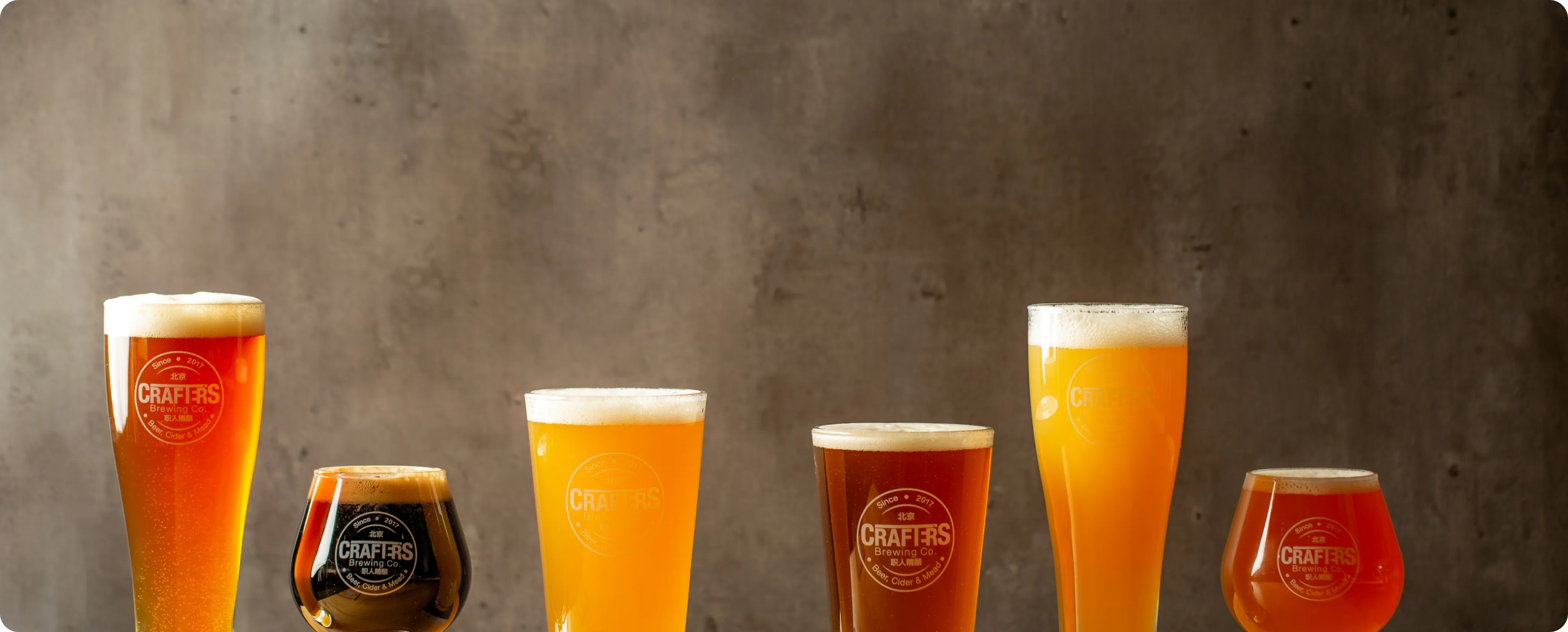
The Entire beverage industry depends on cool stores to keep up with the quality, taste and wellbeing of a great many drinks going from juice and soda pops to caffeinated beverages and cocktails. Cold rooms help ensure that beverages are stored at the right temperature to shield them from decaying and keep up their taste profile. For most beverages, the ideal storage temperature is between 4 ° C to 10 ° C (39.2 ° F to 50 ° F). This range helps preserve taste and carbonation in soda, keeps juice refreshed, and ensures that energy drinks remain in their best position until they are consumed.
For alcoholic beverages such as beer, wine and spirit, cold storage plays a slightly different role. To maintain carbonation of beer and to prevent any change in taste or texture, it should be placed at a temperature of about 4 ° C (39.2 ° F). Although wine and spirit require specific storage conditions, white wines are usually more cold than red wine. Proper cold chamber management ensures that all beverages, whether cold or at room temperature, are placed in optimal conditions to maintain their quality, increase their shelf life and meet consumer's expectations.
| Beverages | Storage Temperature |
|---|---|
| Soft Drinks (Soda, Cola) | 4°C–10°C (39.2°F–50°F) |
| Fruit Juices | 4°C–10°C (39.2°F–50°F) |
| Energy Drinks | 4°C–10°C (39.2°F–50°F) |
| Beer | 4°C (39.2°F) |
| Wine (White) | 7°C–10°C (44.6°F–50°F) |
| Wine (Red) | 12°C–18°C (53.6°F–64.4°F) |
| Spirits | 15°C–20°C (59°F–68°F) |
This table shows the key product categories and their required storage temperatures in the Beverages industry.